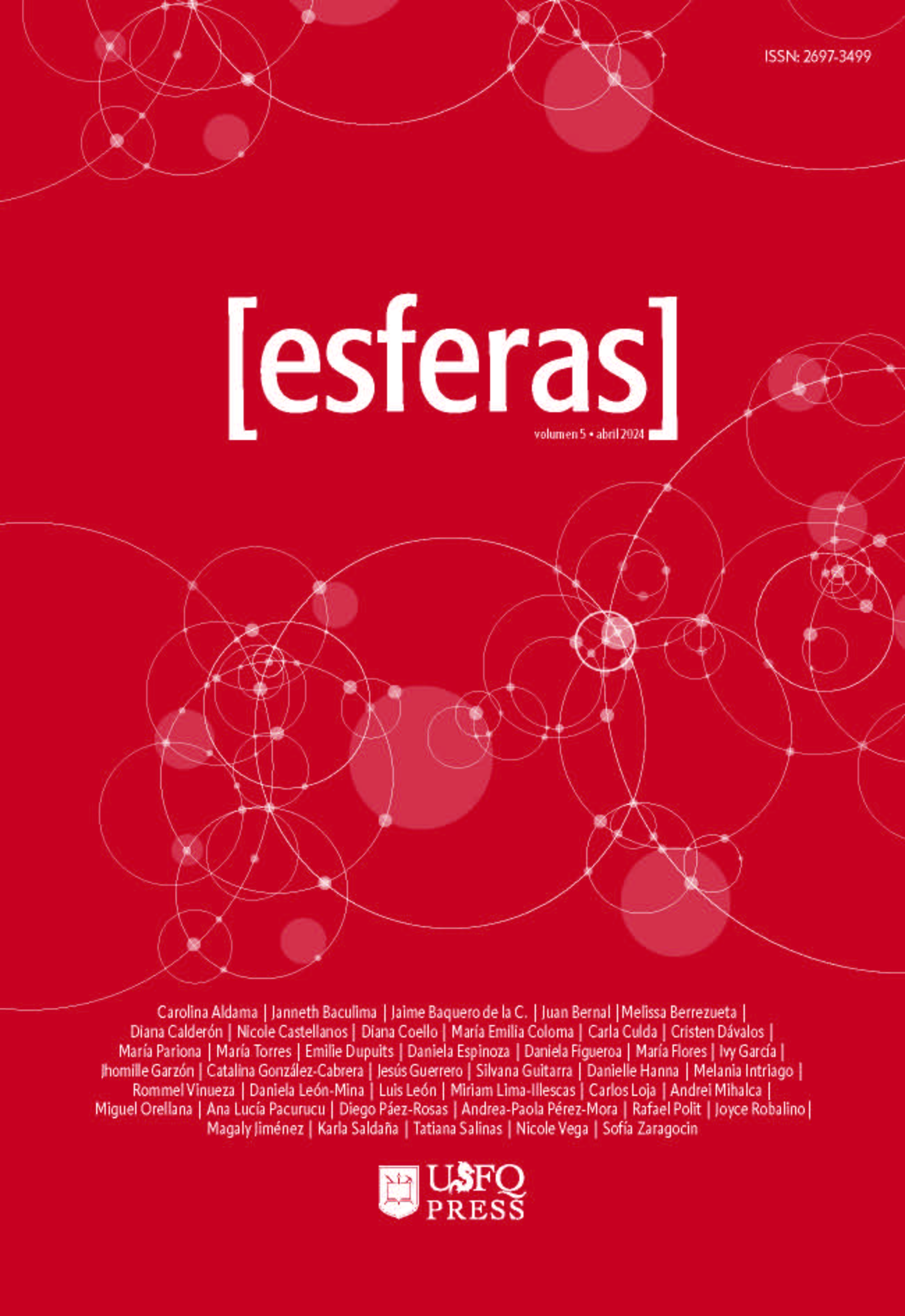Published 2024-04-01
Keywords
- local farmers,
- in vitro culture,
- native species,
- sustainable agriculture
How to Cite
Copyright (c) 2024 Miguel Alejandro Orellana Carrión, Diana Calderón Carvajal, María de Lourdes Torres

This work is licensed under a Creative Commons Attribution-NonCommercial 4.0 International License.
Abstract
Ecuador, a megadiverse country, hosts valuable native plants such as naranjilla (Solanum quitoense) and tree tomato (Solanum betaceum), both with food and medicinal applications. Nevertheless, the accessibility to high-quality seeds and plants that promote efficient production and their affordable prices for local farmers remains a challenge. In this context, the use of biotechnological techniques, like in vitro plant tissue culture, emerges as an alternative for propagating these significant varieties. This essay details the activities performed in the outreach project “Soberanía Alimentaria Checa – Cultivo in vitro” and its contribution towards a sustainable agriculture. Through in vitro culture techniques, robust naranjilla and tree tomato plants have been successfully propagated and distributed to the Checa community with the support of students and faculty members from the Biotechnology and Agronomy programs at USFQ. This achievement underscores how biotechnology, education, and commitment can significantly contribute to socially and ecologically responsible projects over time, benefiting both small-scale farmers and the environment.
Downloads
References
- Bhojwani, S. & Dantu, P. (2012). Plant tissue culture: an introductory text. Springer Nature. https://doi.org/10.1007/978-81-322-1026-9
- Cuesta, C., Peralvo, M., Merino-Viteri, A., Bustamante, M., Baquero, F., Freile, J.F., Muriel, P., Torres-Carvajal, O., 2017. Priority areas for biodiversity conservation in mainland Ecuador. Neotropical Biodivers. 3 (1), 93–106. https://doi.org/10.1080/23766808.2017.1295705
- De la Torre, L., Navarrete, H., Muriel, P., Macía, M. & Balslev, H. (2008). Enciclopedia de las plantas útiles del Ecuador. Herbario QCA de la Escuela de Ciencias Biológicas de la Pontificia Universidad Católica del Ecuador/Herbario AAU del Departamento de Ciencias Biológicas de la Universidad de Aarhus, Quito/Aarhus.
- Feicán-Mejía, C., Encalada-Alvarado, C. & Becerril-Román, A. (2016). Descripción agronómica del cultivo de tomate de árbol (Solanum betaceum Cav.). Agroproductividad: Vol. 9, Núm. 8, agosto. 2016. pp: 78-86.
- INIAP. (2015). Producción de semillas categoría certificada para el Proyecto Nacional de Semillas de Agrocadenas Estratégicas del MAGAP.
- Kumar N., & Reddy, M P. (2011). In vitro plant propagation: a review. Journal of Forest Science, 27 (2), 61-72. https://doi.org/10.7747/JFS.2011.27.2.1.
- Merino, J. (2022). Fortalecimiento de la investigación para mejorar la productividad y calidad de la naranjilla y tomate de árbol en el Ecuador. Instituto Nacional de Investigaciones Agropecuarias.
- Murashige T, Skoog F (1962) A revised medium for rapid growth and bioassays with tobacco tissue cultures. Physiol Plant,15:473–497.
- Objetivo 2: Poner fin al hambre. (S.f). UN Org. https://www.un.org/sustainabledevelopment/es/hunger/ .
- Pierick, R. (1988). In vitro culture of higher plants as a tool in the propagationof horticultural crops. Acta Horticulturae, (226), 25 –40. doi:10.17660/actahortic.1988.226.1 Staton, T.; Walters, R.; Smith, J.; Breeze, T. & Girling, R. (2021) Management to Promote Flowering Understoreys Benefits Natural Enemy Diversity, Aphid Suppression and Income in an Agroforestry System. Agronomy: 11 (ed. 4; pp. 651). https://doi.org/10.3390/agronomy11040651
- Rieckmann, M.; Adomßent, Werner Härdtle & Aguirre, P. (2011). Sustainable Development and Conservation of Biodiversity Hotspots in Latin America: The Case of Ecuador. F. E. Zachos & J. C. Habel. Biodiversity Hotspots: Distribution and Protection of Conservation Priority Areas (1 ed., pp. 435-452). Springer Berlin, Heidelberg. https://doi.org/10.1007/978-3-642-20992-5.
- Rojas-Sandoval, J. (2017). Solanum quitoense (naranjilla). CABI Compendium. https://doi.org/10.1079/cabicompendium.505
- Sahu J., & Sahu, R K. (2013). A review on low cost methods for in vitro micropropagation of plant through tissue culture technique. UK Journal of Pharmaceutical and Bioscience, 1 (1): 38-41. https://doi: 10.20510/ukjpb/1/i1/91115.
- Seguridad Alimentaria Oyambarillo. (S.f). Usfq. https://www.usfq.edu.ec/es/proyectos/seguridad-alimentaria-oyambarillo
- Sutter, E G.; Shackel, K.; & Diaz, J C. (1992). Acclimatization of tissue culture plants. Acta Hortic, 314, 115-120. https://doi.org/10.17660/ActaHortic.1992.314.13
- Torres, K.C. (1989). Stages of Micropropagation. In: Tissue Culture Techniques for Horticultural Crops. Springer, Boston, MA. https://doi.org/10.1007/978-1-4615-9756-8_3

